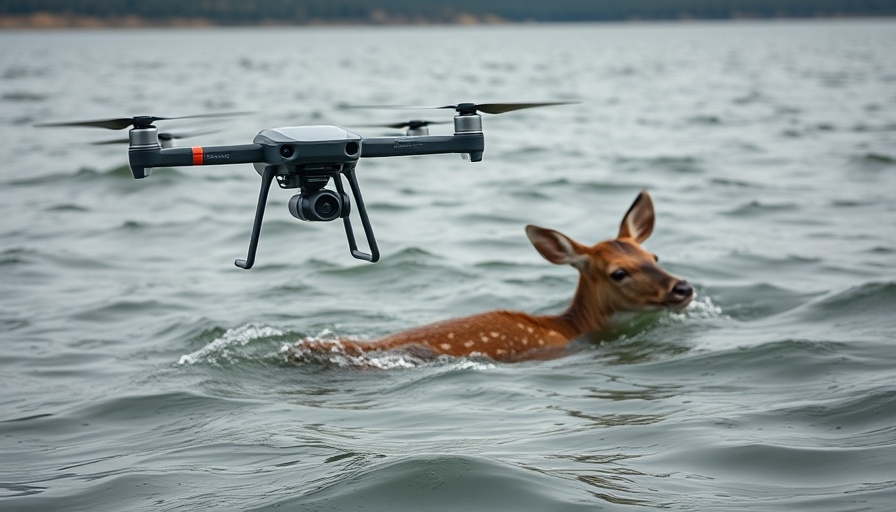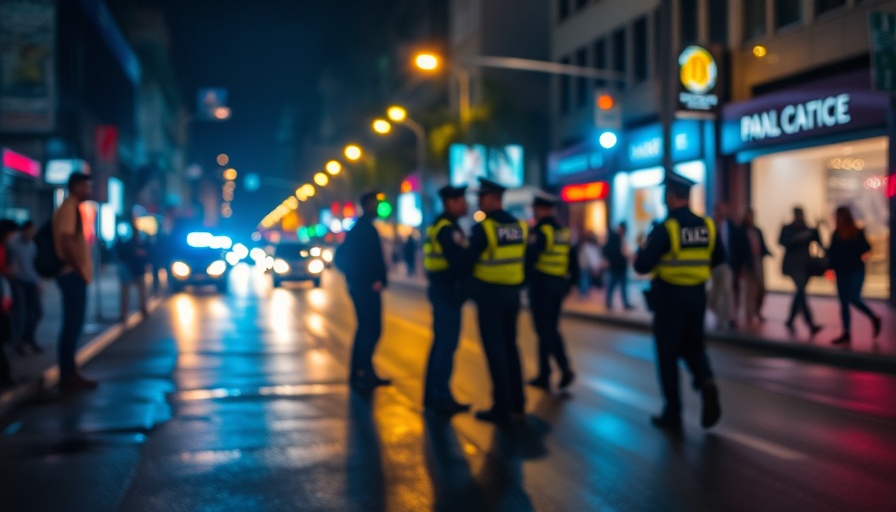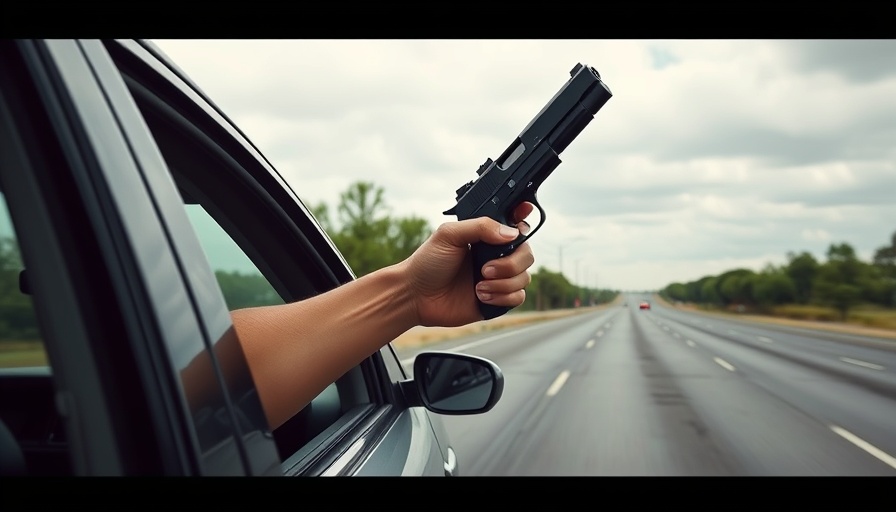
Wisconsin Police Rescue Deer Using Drone Technology
In a remarkable demonstration of innovative problem-solving, the Green Lake Police Department in Wisconsin successfully employed a drone to rescue three deer that had fallen through thin ice into a deep lake. This unorthodox approach not only showcases the growing integration of technology in law enforcement but also emphasizes the potential for public safety organizations to utilize new tools for wildlife conservation efforts.
How Drones are Changing Wildlife Rescue Operations
During the incident on March 15, officers reported that a doe and her two fawns were stranded approximately 200 yards from the shore in 40 feet of icy water. Traditional methods of rescue, such as direct intervention, were deemed too dangerous for both the officers and the animals involved. Recognizing this challenge, Detective Josh Ward took the initiative to deploy a drone, leveraging its propeller wind to gently guide the animals towards safety.
As technology becomes increasingly embedded in law enforcement practices, the role of drones has expanded significantly. They are not just tools for surveillance or crime scene documentation but can also assist in wildlife rescue, search-and-rescue operations, and monitoring public safety events.
A Collaborative Effort for a Successful Rescue
This operation was far from a solo endeavor. It involved teamwork among various agencies, including the Green Lake County drone team and the local Department of Natural Resources. Their collaborative efforts highlight the importance of multi-agency partnerships in enhancing public safety and operational effectiveness. This incident stands as a model for how police departments can engage with other public entities to broaden their scope of assistance to the community.
The Future Potential of Drone Technology in Public Safety
Looking ahead, the application of drone technology could lead to transformative changes in how various agencies respond to emergencies. As seen in this instance, drones offered a non-invasive way to communicate with the deer, minimizing stress on the animals while maximizing the safety of the officers involved. Such technology could lead to similar implementations for other wildlife management activities, equipping law enforcement agencies with innovative tools to navigate complex rescue scenarios.
Emphasizing Officer Safety and Efficiency
The use of drones not only provides tactical advantages but also enhances officer safety. Police officers often find themselves in precarious situations when dealing with wildlife, which can lead to unforeseen dangers. Drones enable officers to assess and manage these situations from a distance, reducing the risk of injury and improving overall response times.
Conclusion: Embracing New Technologies for Community Well-being
As the landscape of public safety continues to evolve, the integration of technology, like drones, can reshape how law enforcement engages with community issues. This incident in Green Lake resonates as a reminder of the boundless possibilities that modern technology brings to public service. Departments should consider expanding their operational capabilities by integrating similar tools into their practices for improved outcomes.
For law enforcement agencies looking to stay ahead of the curve, investing in drone technology could serve as a gateway to enhancing public safety and community relations. Don't miss the chance to adapt to these innovations for the future of policing!
 Add Row
Add Row  Add
Add 

 Add Element
Add Element 




Write A Comment